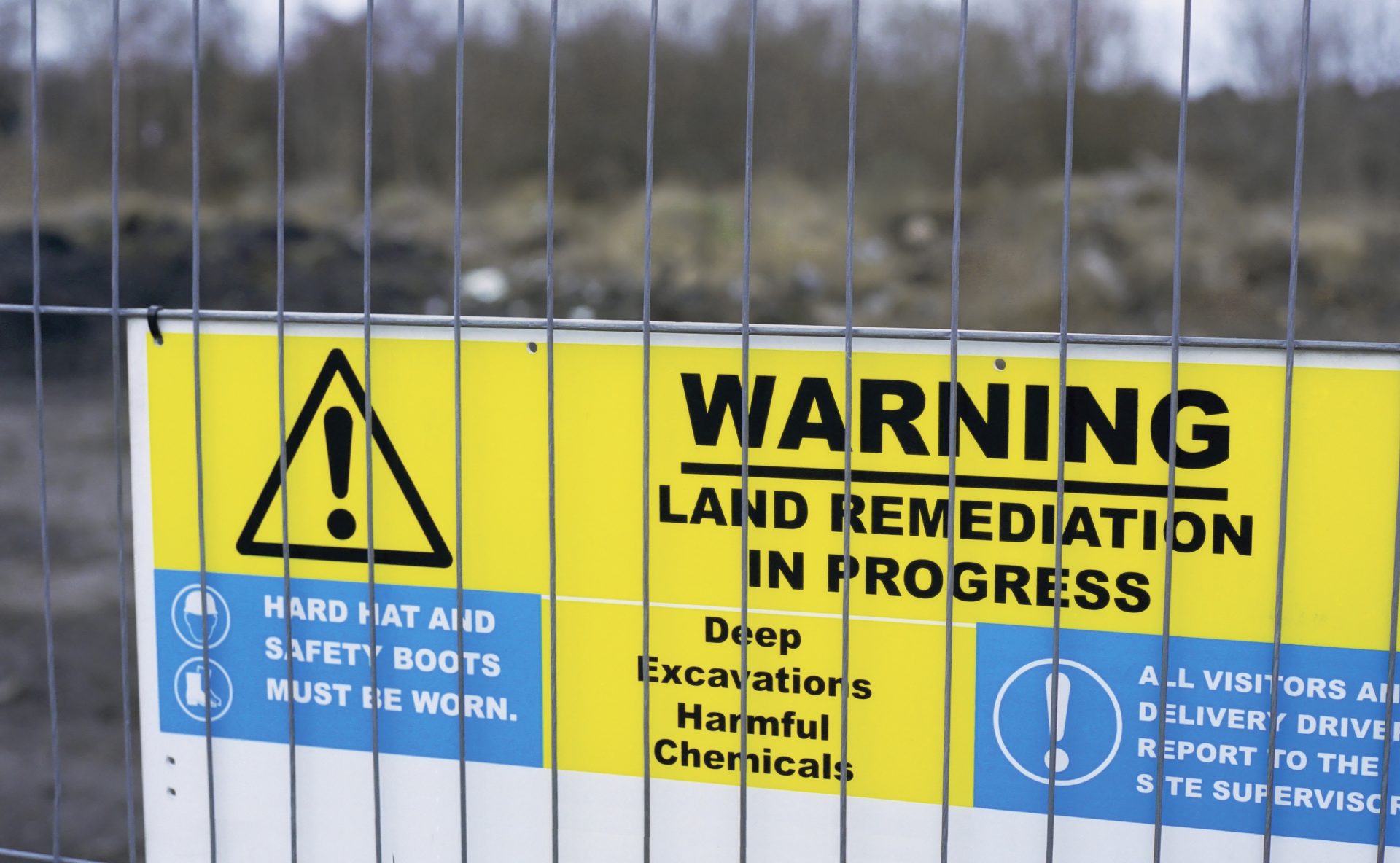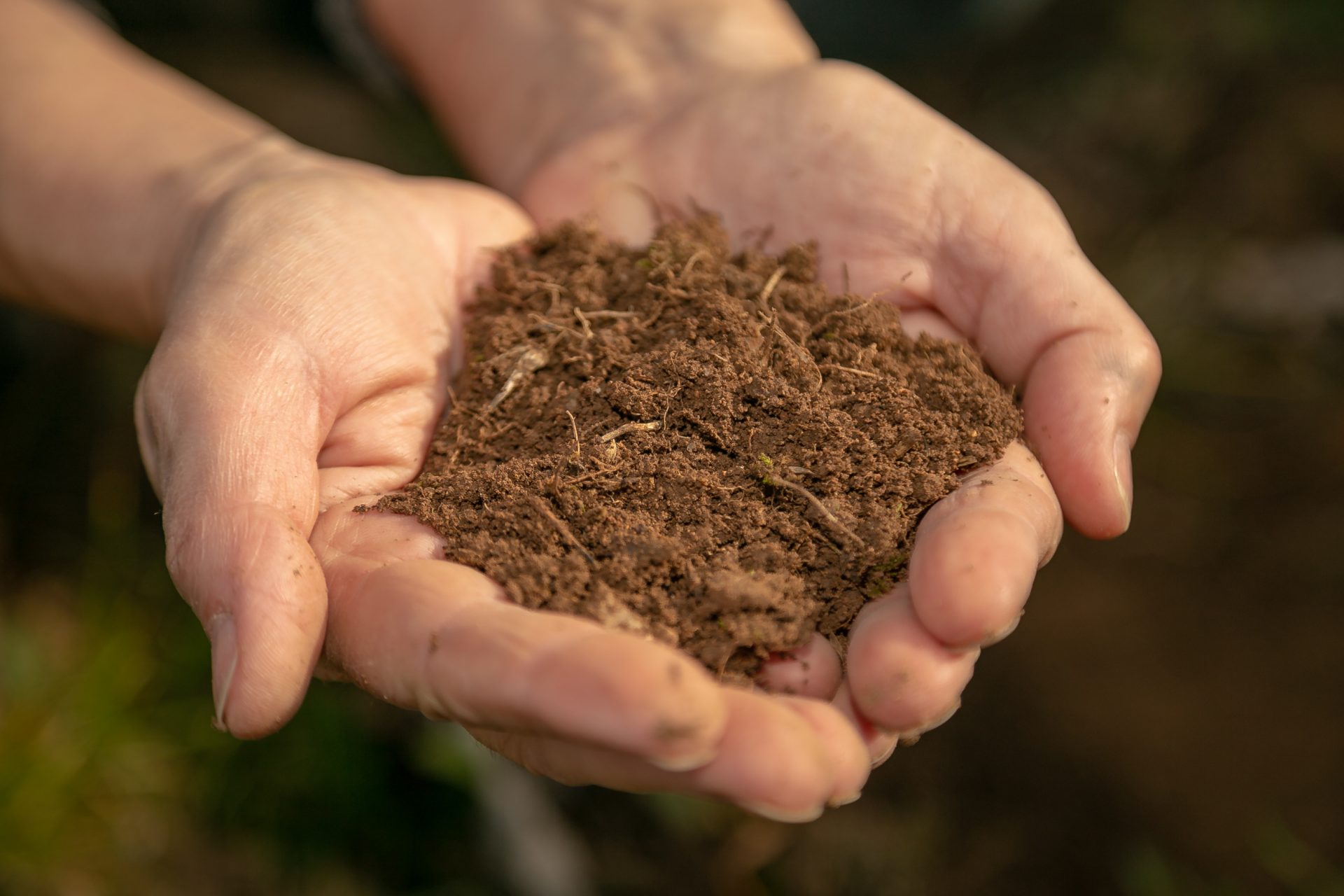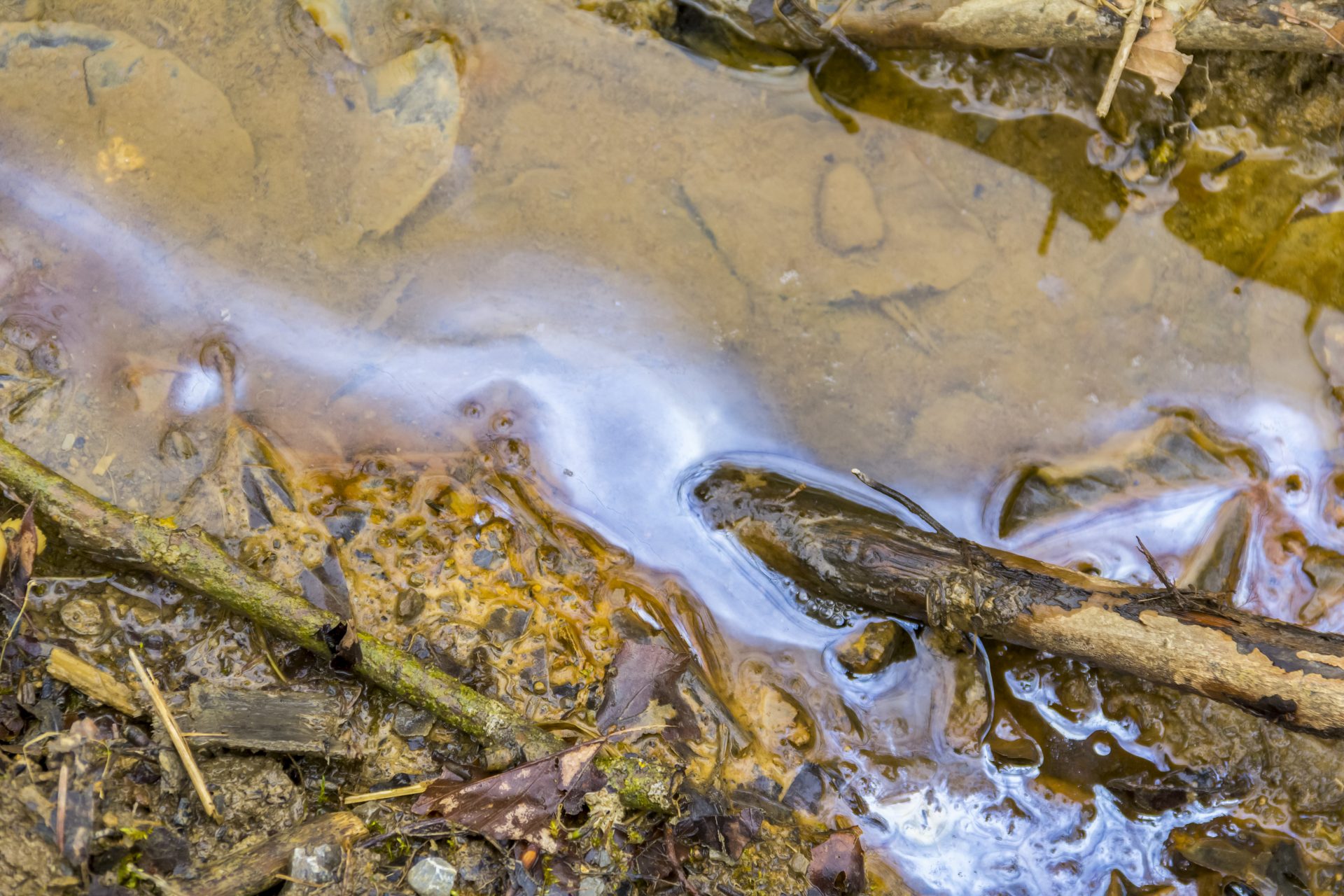Land contamination may directly or indirectly hit us big-time if left disregarded. Food security and human lives are all dependent on land’s health. Thankfully, ways to protect it, like how we safeguard our air and water from pollutants, is established.
People are now realizing the importance of land contamination assessment and site validation. It’s good idea to assess the land first for contaminants before buying it. Do you know what’s lurking beneath your prospect property? Does it have nasty pollutants that can make you sick? Is it really – safe? Land contamination may sound scary but is always manageable if you find the right help.
PredictSite by Intrax can help simplify this for you by providing accurate site classification, even the estimated depth of topsoil, collected from 130,000 sites around Eastern Australia, in a matter of hours, not days. Our database and geotechnical engineers can provide you with site classification estimates across East and South Australia.
Land Contamination and Assessment FAQs
Contaminated Land
What does contaminated land mean?
Contaminated land is a land with build-up impurities which cause undesirable effects on plants and health problems to people and animal if inhaled, contacted, or ingested. Contaminated land is a derivative of boosting industrialization for decades without thinking about its long-term effect on our environment. Worse luck, contaminated land doesn’t stop inside industrialized spots, as underneath our land is a complex channel of groundwater and streams that is interconnected. Meaning, a residential land area, near or far densely commercialized locations, may also be contaminated.
How does land become contaminated?
A land may be contaminated purposely, accidentally or naturally.
Service stations like dumping sites, are land contaminated on purpose. Of course, with a set of protocols and proper disposal activities, the land contamination levels are set to a minimum. Accidental land contamination happens by unintentional spillage of harmful chemicals to land surface like oil spills or gas spills. Natural land contamination is often due to decaying sediments or animals.
Moreover, a typical Australian may not be aware that hazardous materials like asbestos were used in building construction in the past. If these buildings are demolished or renovated, asbestos present in the building is destroyed releasing asbestos fibers that cause health risks to repairmen and occupants, making the land accidentally contaminated.
How do you fix contaminated soil?
Certain approaches are conducted to fix contaminated soils. Development techniques like separation and extraction, combustion or thermal methods, chemical techniques, microbial intervention method, clean up services and reforestation are used.
Common land contaminants found in Australia are petroleum, pesticide, lead, asbestos, and chromated copper arsenate. For small, severely polluted locations, soil separation and replacement are used by most property sellers. This helps in diluting toxin concentrations, thus, lowering down the level of contamination.

Land Contamination Assessment
What is site contamination?
Site contamination is when harmful substances are present in land that pose danger to humans and the environment. It often occurs due to previous and current malpractices on handling commercial and industrial wastes. Chemicals poured directly on the ground or drainage could seep through soil which will eventually reach ground water. Groundwater then travels large areas that further complicate the contamination issues.
How much does it cost to test soil for contamination?
As a general rule, the larger the contaminated site is (meaning, more samples are needed), the more costly soil testing will be. Anyhow, a standard minimum is at 400$ – 500$ where it would cover small projects like dwelling extensions, sheds, and decks.
What are the effects of contamination?
Contaminated soil affects humans and animals in ways that may not be obvious right away. It has been known that contaminated land affects soil’s ability to produce crops. Furthermore, plants grown to contaminated soil produce fruits that may cause health problems. Water seepage on contaminated soil may pollute ground waters, rivers and seas resulting to compromised marine lives. Another undesirable effect of contamination are cracks on structural foundations due to vapor of contaminated groundwater rising through the soil, lessening the structural credibility of establishments.
How do I know if my land is contaminated?
When you see unshaded phases in your land that is difficult for a grass to grow, then your land may be contaminated. In addition, if you smell unfamiliar odour to the extent that there is staining on the soil, then this shows that the land has contaminants. If you discovered underground petroleum storage systems or upss, or simply just apprehensive that your land may have been previously used resulting to contamination, then, request for a site assessment and get it tested.
How do you test if soil is contaminated?
Normally, samples are taken from the suspected area. The samples will then be analyzed for its texture, characteristics, fertility, nutrients, pH levels, contaminants and toxicants. The common tests conducted by the testing agencies are the following:
- Groundwater sampling
- Soil Vapour Bore Installation
- Geotechnical and Soil Sampling
- Indoor Air Testing

Land Assessment
How is soil pollution detected?
Site investigations, soil tests and analyses are conducted to ascertain that a land is polluted. Special machines process the tests to distinguish heavy metal concentrations, organic and inorganic pollutants.
What is contamination risk?
Toxics may tap groundwater leading to groundwater contamination compromising its water quality. Pollutants may then be ingested by the marine organisms that we usually eat. Oftentimes, contaminated soil harm us the most when we breath it or ingest it. Thus, site navigation and investigation are conducted to assess the contamination risks.
How do you deal with contaminated soil?
The proper way to deal with contaminated soil is to notify Environmental Protection Authority (EPA). Certain steps will then be followed to regulate the contaminated land and investigation programs will commence. It is the EPA that assesses the seriousness of the contamination. Generally, contamination may not pose serious risk to human health and the environment. But if it does, the land will be managed under the Contaminated Land Management Act.
Contaminated Land Management Role
What causes environmental contamination?
Historical waste disposal malpractice of industrial and commercial industry is pointed to be the main reason of environmental contamination. As per Contaminated Land Management Amendment Act 2008, the polluter pays for the rehabilitation of the land that they have polluted even if the polluter isn’t the land owner anymore. This way, everyone will be conscious on their land use.
What is contaminated land remediation?
Since we are battling with land contaminants, an act of removing it is what we call land remediation. This remediation is based on a set of guidelines and assessments conducted by the EPA. Site auditor scheme, administered by the EPA, provides qualified site auditors who review and investigate the remediation. This scheme expands public’s access to efficient technical advices.
Land remediation restores land to its productive state, hence, decreasing health risks of contaminants. It enhances the quality of the environment and promote the overall economic land uses.

If you are aware that your land is contaminated, then it’s the right thing to help planning authorities limit the contamination level and decrease the complexity of the problem. Regulate the use of pesticides and harmful chemicals, when you can. Dispose off harmful garbage like batteries properly. Join reforestation programs.
Let PredictSite help you fast track your land assessment. We will help you with your site classification estimation by providing you access to site’s
Land is where we belong. This is where we live. We should establish ways to protect it from pollutants to ensure food security. Gearing towards reducing human health risks and preventing the degradation of Australia’s environment.

